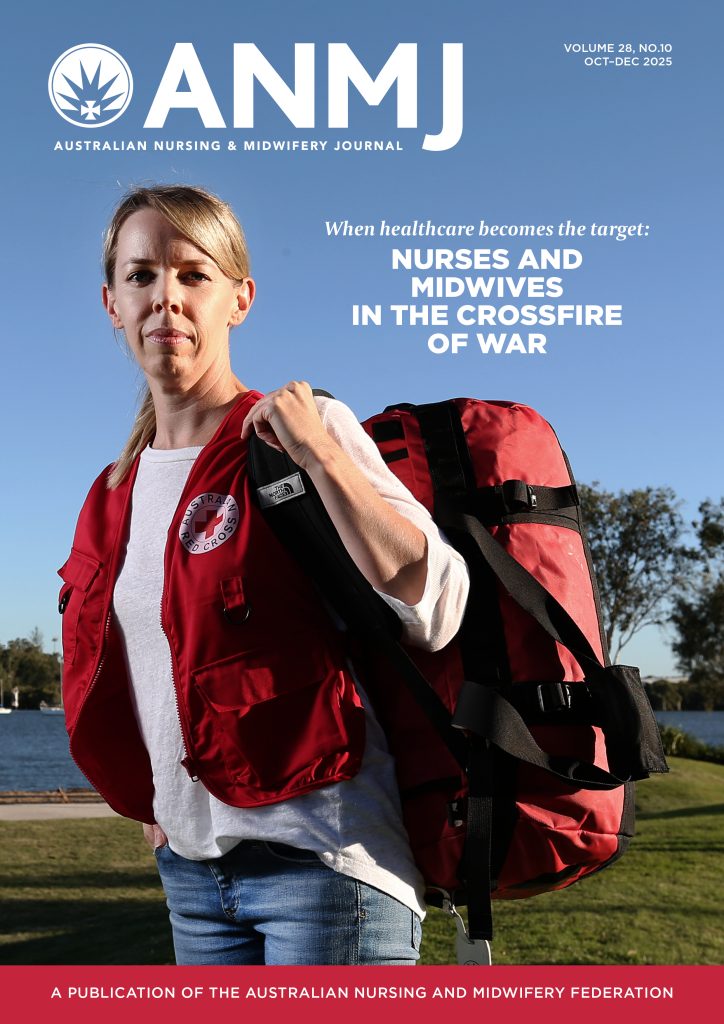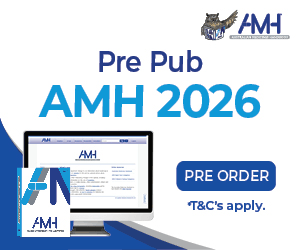The Australian Nursing and Midwifery Federation (ANMF) has expressed deep concern over the defamation lawsuit brought by the Indonesian Fibre Cement Manufacturers’ Association (FICMA) Indonesia against the Local Initiatives OHS Network (LION) and its partners.
The Indonesian Fibre Cement Manufacturers’ Association (FICMA) is suing the Local Initiatives OHS Network (LION) and others for defamation and financial damages in an attempt to overturn a recent Supreme Court decision mandating hazard warning labels on asbestos products in Indonesia.
The Supreme Court win, led by local lawyers in Indonesia, was assisted by Union Aid Abroad – APHEDA with pro bono support from Maurice Blackburn lawyers.
The new lawsuit, considered a Strategic Lawsuit Against Public Participation (SLAPP), was initially dismissed by a district court for lack of jurisdiction but is being appealed by FICMA.
Organisations including LION have worked to raise awareness of the well-documented dangers of chrysotile asbestos (white asbestos) —an entirely justified effort given the scientific evidence that all forms of asbestos are carcinogenic and responsible for thousands of deaths globally each year.
Asbestos, including chrysotile asbestos, which has been long banned in many countries, including Australia, is known to be responsible for the deaths of more than 1,000 Indonesian people every year with actual figures likely to be much higher due to limited diagnostic capacity, under-reporting, and the ubiquitous nature of asbestos in both old and new building constructions.1 Direct health care costs for medical treatments and primary care as well as indirect costs to worker productivity are known to run into the hundreds of millions of dollars with one large economic study from Australia estimating that yearly healthcare costs total almost $200 million AUD and indirect costs due to lost productivity total around $320 million annually.2
FICMA claims that because chrysotile asbestos is not listed under the Rotterdam Convention (an international treaty governing the exchange of information for hazardous chemical trade) it does not need to be labelled as dangerous. The Rotterdam Convention’s Chemical Review Committee (CRC) has recommended chrysotile asbestos be listed under its Prior Informed Consent (PIC) procedure for almost two decades, however, a listing requires the consensus of all Parties. Since 2006, including at COP12 in 2025, an overwhelming majority of parties have supported this listing. It is solely due to the blocking tactics of a small number of countries including Kazakhstan, Kyrgyzstan, Syria, the Russian Federation, Zimbabwe, India, and Pakistan, that this recommendation has not been achieved. These country’s arguments rested upon biased information and poor science to go against widely accepted evidence regarding the dangers of chrysotile asbestos.
While listing chrysotile asbestos in Annex III to the Rotterdam Convention would help counties ensure safe and healthy working conditions through prior informed consent procedures from exporting nations, it is important to note that it is not a prerequisite for countries to decide to implement clear safety warnings and alert workers of the known risks of working with chrysotile asbestos.
The Indonesian Supreme Court’s 2024 ruling requiring health warning labels on asbestos products was an important step forward. However, the asbestos industry’s use of strategic lawsuits against public interest (SLAPPs) threatens to silence advocates and block progress.
The ANMF stands in solidarity with unions and NGOs calling on the Indonesian Government to:
- Implement the Supreme Court’s asbestos labelling decision
- Declare chrysotile asbestos hazardous and regulate its use
- Transition towards safer alternatives
- Strengthen laws to prevent SLAPP suits
- Support international efforts to list chrysotile asbestos under the Rotterdam Convention
As the International Labour Organisation has affirmed, safe and healthy work is a fundamental human right.
The ANMF will continue to support global efforts to protect workers, communities, and future generations from the devastating impacts of asbestos exposure.
Authors
Associate Professor Micah DJ Peters PhD is the Director of the ANMF National Research and Policy Unit (Federal Office) based in the Rosemary Bryant AO Research Centre, Clinical and Health Sciences, University of South Australia.
References
- Lestari AD, Hairunisa N, Mohamad Ridwan A. Occupational Asbestos Related Diseases in Indonesia: A Call for Urgent Action and Awareness. Journal of Biomedika and Health. 2023;6(2):224-34.
- The Centre for International Economics. The economic burden of asbestos-related disease. Australian Government – Asbestos and Silica Safety and Eradication Agency [Online]. 2018. Available online: https://www.asbestossafety.gov.au/research-publications/economic-burden-asbestos-related-disease#:~:text=The%20economic%20burden%20of%20asbestos%2Drelated%20disease%20*,workforce%20to%20be%20$321%20million%20per%20year








